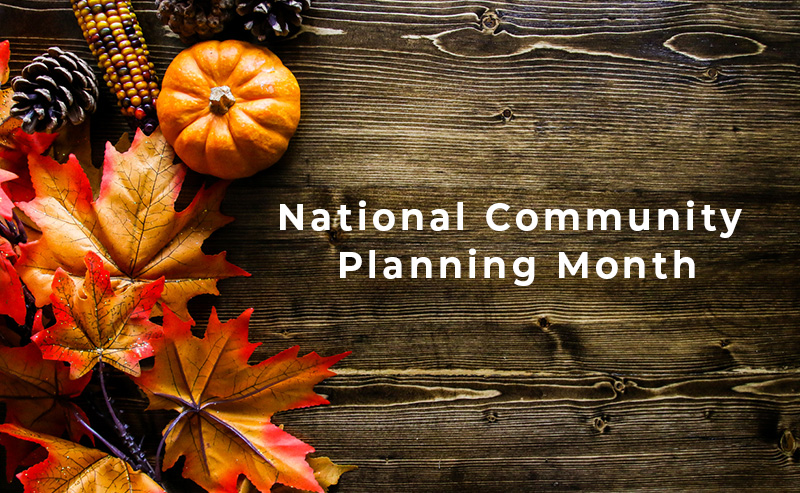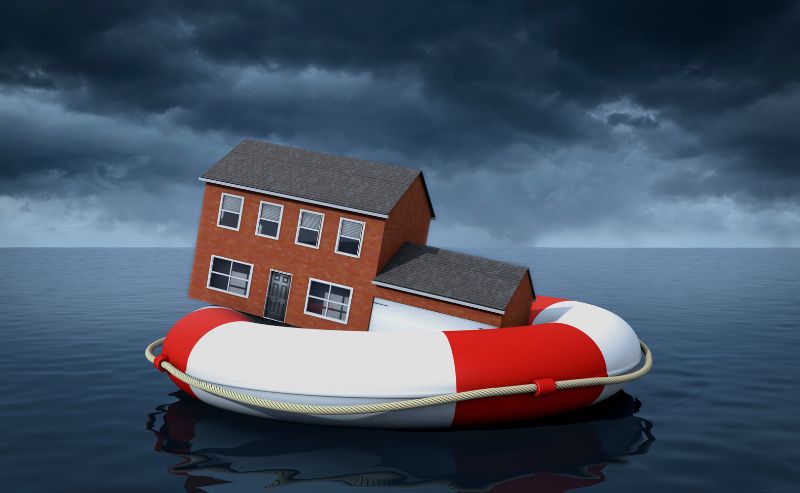The Federal Emergency Management Agency (FEMA) recognizes October as National Community Planning Month. The annual event focuses on the importance of community planning, and seeks to improve awareness of resiliency measures. FEMA believes a good first step in building in safer, stronger communities is by connecting community planning with hazard mitigation planning.
Hazard mitigation planning is key to breaking the cycle of disaster damage, reconstruction, and repeated damage from natural disasters. In fact, the National Institute of Building Sciences now estimates that for every dollar invested in mitigation saves six dollars in prevented damages (up from four dollars in previous years).
Mitigation, as recently expressed by FEMA, is most effective when it’s coordinated with other plans, processes, policies and decisions, as well as being part of a long-term strategy. Successful integration of hazard mitigation occurs when a community’s planning decisions lead to development or risk reduction patterns that do not increase risks from known hazards. Unfortunately, only 85 percent of the nation is currently covered by a FEMA-approved hazard mitigation plan.
So, what is the status of your state, local or tribal government’s mitigation plan? View FEMA’s searchable map to discover the answer (if you don’t know it already). And remember, hazard mitigation plans must be updated and approved by FEMA every five years in order to remain eligible for certain pre-disaster federal funding.
Don’t let Community Planning Month (October 2019) slide by without visiting, or revisiting, the topic of hazard mitigation planning. It’s important to your community as you work to improve safety and sustainability. It’s also important to BOLDplanning, as the company has developed hazard mitigation plans for numerous clients from coast to coast. BOLDplanning can do the same for you. Call 615.469.5558 or email info@BOLDplanning.com to learn more now.






